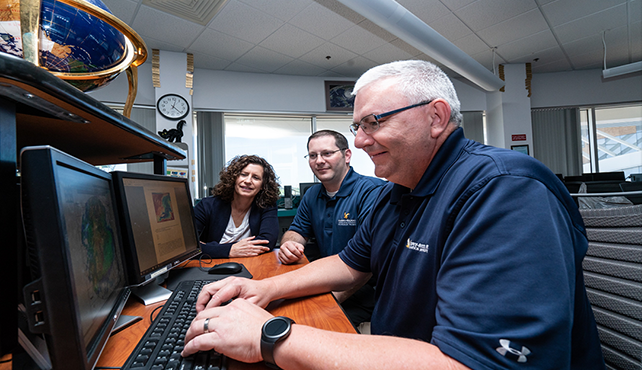Assessing General Aviation Pilots’ Interpretation of Weather Products: Traditional and New Automated Generation Products
Abstract
The General Aviation (GA) community accounts for the majority of weather related aviation accidents and incidents. Interpreting and understanding weather products is crucial to hazardous weather avoidance, and previous studies have indicated that improving usability of weather products can improve pilot decision making. The Aviation Weather Center offers two broad types of graphical weather products for assessing icing, turbulence and flight category. These are traditional human-in-the-loop products (G-AIRMETs Ice, Tango, and Sierra) and fully-automated products (CIP/FIP, GTG, and CVA). This study assessed and compared pilots’ understanding of the fully-automated products in comparison to the human-in-loop products. Participants (n=131) completed a set of weather product interpretation questions. A series of mixed ANOVAs were conducted to analyze the effects of pilot certificate and/or rating (Student, Private, Private with Instrument, Commercial with Instrument) and product generation (traditional vs. automated) on product interpretation score. Results indicated that, despite product generation, pilots performed similarly on the icing and ceiling/visibility products, but performed significantly better on the new fully automated turbulence product (GTG) than when using the traditional turbulence product (AIRMET Tango). Usability and training implications are discussed.
Publication date
2017
DOI
DOI 10.1177/1541931213601489

